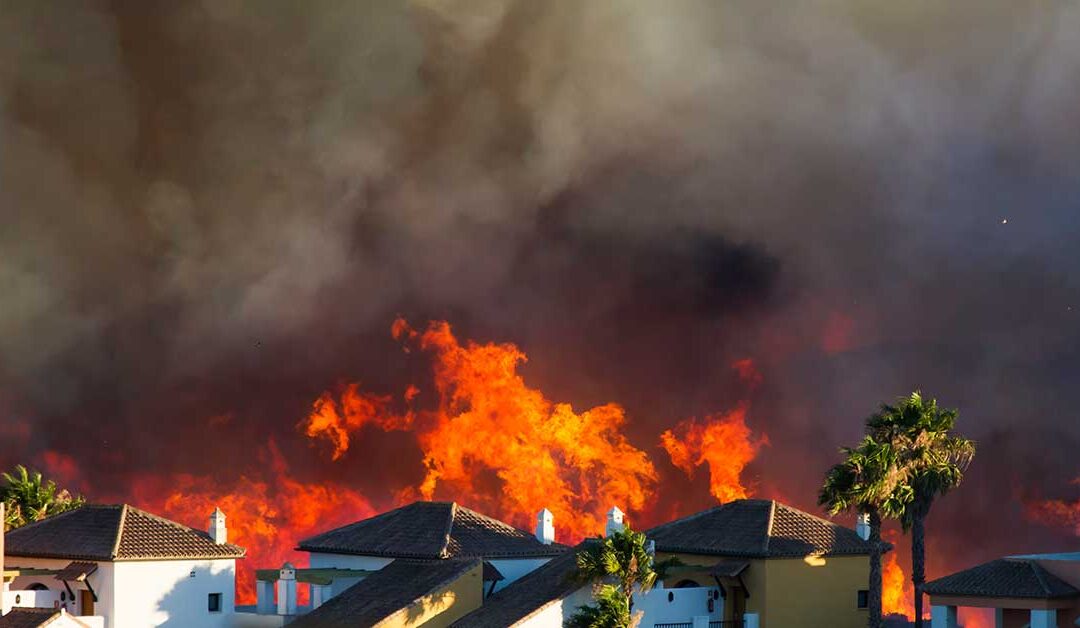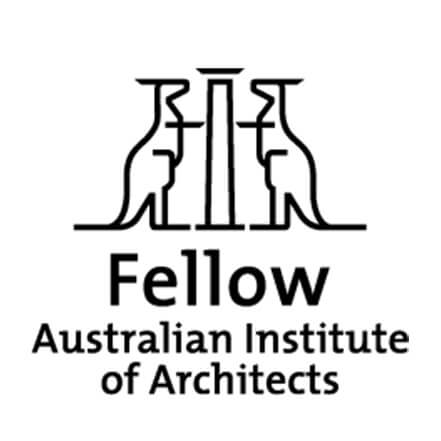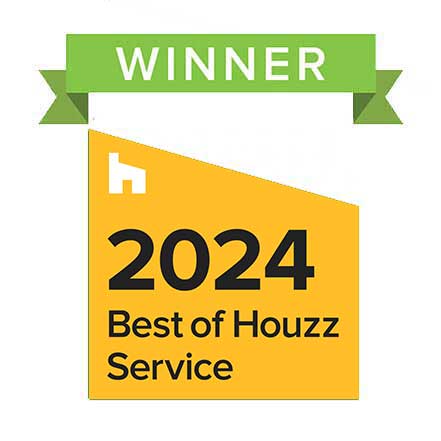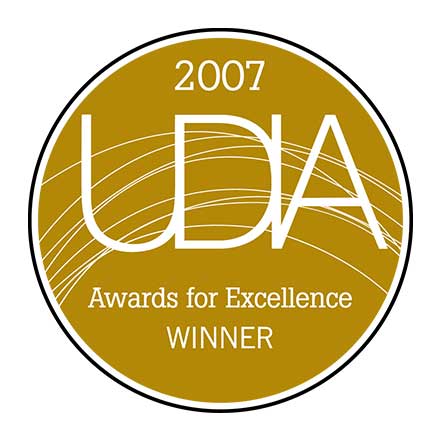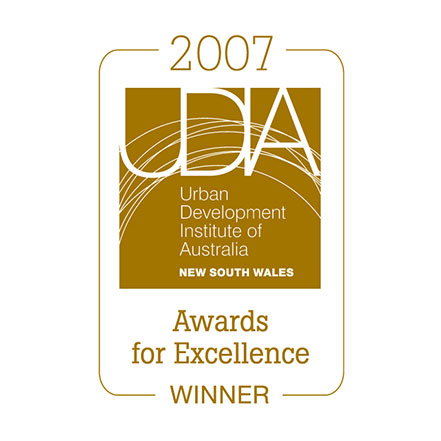Lessons from Recent LA Wildfires
It’s now five years since Australia experienced the devastating “black summer” bushfires of 2019-2020.
With the increasing frequency and intensity of wildfires globally, bushfire-resistant design has become a critical consideration for Australian homeowners. The devastating wildfires in Los Angeles serve as a stark reminder of the importance of integrating fire-resistant materials, landscaping strategies, and technological advancements into residential architecture.
As climate change exacerbates fire conditions, Australian homes must be designed with resilience at their core.
Understanding the Threat: Lessons from LA Wildfires
The recent wildfires in Los Angeles highlighted the vulnerabilities of residential communities in fire-prone regions. High temperatures, dry vegetation, and strong winds created the perfect conditions for fire spread. Many homes suffered severe damage due to inadequate defensible space, combustible materials, and lack of early warning systems. These events underscore the importance of proactive design strategies to mitigate bushfire risks in Australia, where similar environmental factors exist.
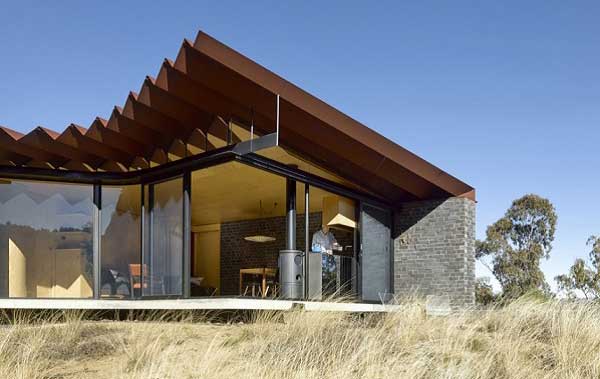
Key Bushfire-Resistant Design Strategies
1. Fire-Resistant Building Materials
Using non-combustible and fire-resistant materials significantly reduces the risk of ignition and fire spread. Key materials include:
- Concrete and Brick: These materials offer excellent fire resistance and structural integrity.
- Steel and Metal Cladding: Non-combustible and durable, metal cladding can protect homes from flying embers.
- Tempered Glass Windows: Stronger than regular glass, tempered glass reduces the risk of breakage under extreme heat.
- Fire-Resistant Roofing: Metal, concrete, or terracotta roof tiles minimise fire susceptibility.
2. Ember Protection and Sealing Gaps
Embers are a leading cause of house fires during bushfires. To prevent ember penetration:
- Use metal mesh screens on vents, windows, and doors.
- Install bushfire-resistant seals around doors and windows.
- Close off gaps under eaves and decking to prevent ember entry.
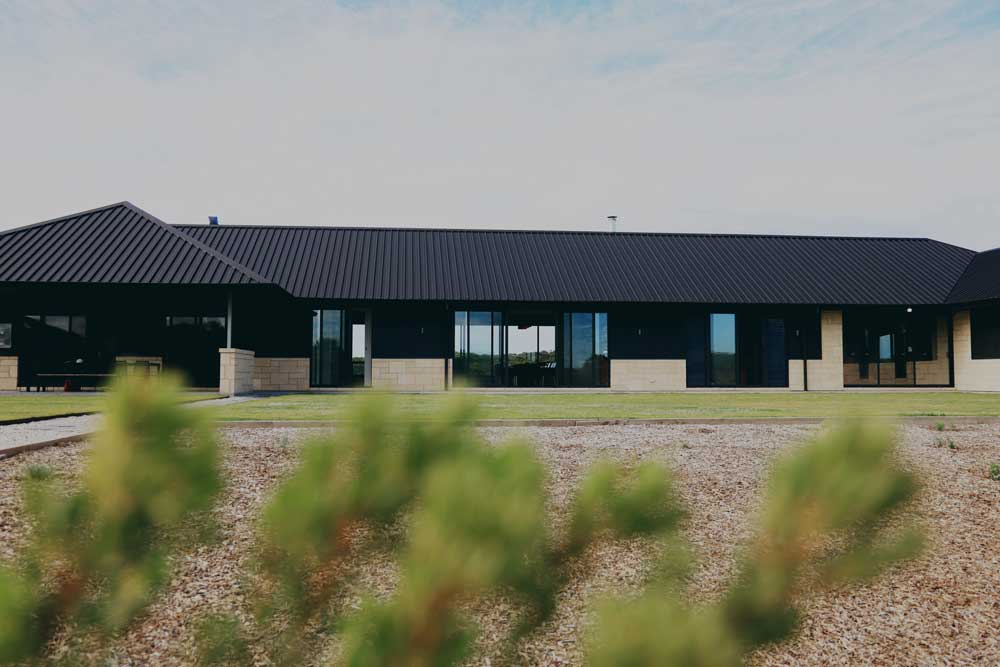
3. Defensible Space and Fire-Smart Landscaping
A well-planned landscape can create a buffer zone between a home and approaching fires:
- Maintain a 30-meter defensible space around the house by clearing dry vegetation.
- Use fire-retardant plants like succulents and deciduous trees, which hold moisture and slow fire spread.
- Space trees and shrubs adequately to prevent the rapid transmission of flames.
- Opt for gravel, stone pathways, and non-flammable mulch to reduce ground fuel.
4. Bushfire-Resistant Construction Techniques
Incorporating smart construction methods improves a home’s ability to withstand fire exposure:
- Use double-glazed windows to prevent breakage from heat and pressure.
- Construct decks and verandahs with fire-rated timber or composite materials.
- Design homes with simple rooflines and non-combustible eaves to minimize ember accumulation.
- Implement water sprinkler systems on roofs and around the perimeter to pre-wet the structure during fire events.
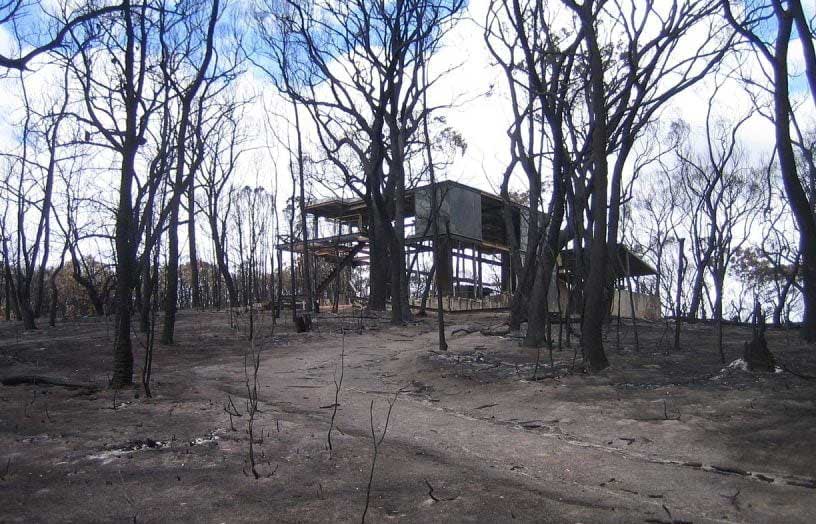
Technology and Early Warning Systems
Modern technological advancements provide homeowners with real-time fire monitoring and protection:
- Smart Fire Alarms & Sensors: AI-powered detectors alert residents to smoke and heat anomalies.
- Automated Sprinkler Systems: These activate upon detecting high temperatures, reducing fire impact.
- Remote Monitoring Apps: Smart home integrations provide live updates on bushfire threats.
- Solar-Powered Water Pumps: Essential in off-grid areas, these pumps maintain a reliable water supply for fire suppression.
Regulatory Compliance and BAL Ratings
The Bushfire Attack Level (BAL) rating system in Australia classifies properties based on their fire risk exposure. Compliance with BAL requirements ensures homes are built to withstand varying fire intensities:
- BAL-LOW to BAL-12.5: Minimal risk, requiring basic ember protection.
- BAL-19 to BAL-29: Moderate to high risk, necessitating fire-resistant materials.
- BAL-40 and BAL-FZ (Flame Zone): Extreme risk, requiring reinforced construction, fire shutters, and radiant heat barriers.
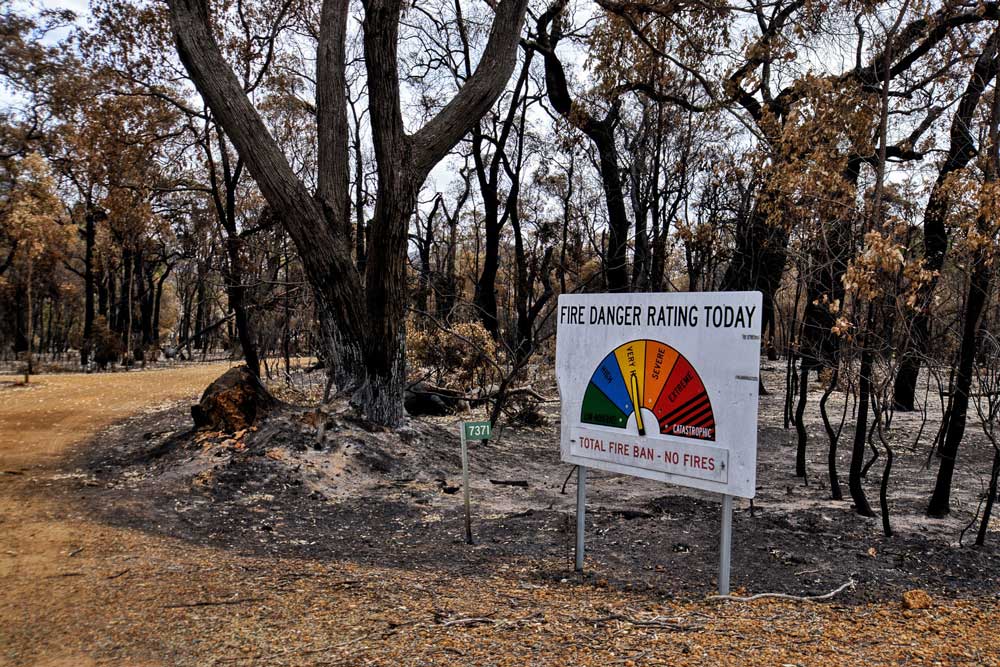
The Future of Bushfire-Resistant Residential Design
As climate change intensifies, fire-resilient design will become a standard practice rather than an optional feature. Future trends may include:
- Self-Healing Fire-Resistant Materials: Innovative materials that expand under heat to seal cracks and prevent fire entry.
- AI-Driven Fire Prediction Models: Smart algorithms that assess environmental conditions and predict fire risks.
- Underground Homes and Bunkers: Subterranean structures offering maximum fire protection.
- Water-Harvesting Roofs: Collecting and storing rainwater for firefighting use.
Conclusion
The recent LA wildfires serve as a powerful reminder of the devastating impact of bushfires and the importance of fire-resilient design. In Australia, where bushfire risks are ever-present, integrating fire-resistant materials, defensible landscaping, and advanced technology into residential architecture is essential. By learning from past disasters and leveraging innovative solutions, homeowners can enhance safety, protect property, and contribute to a more resilient built environment.
At Lea Design Studio we have experience in designing fire rated homes in bushland settings.
Stony Rise Lodge is one example and was built in dense coastal scrub to achieve a high risk BAL29 rating.
You might also be interested in...
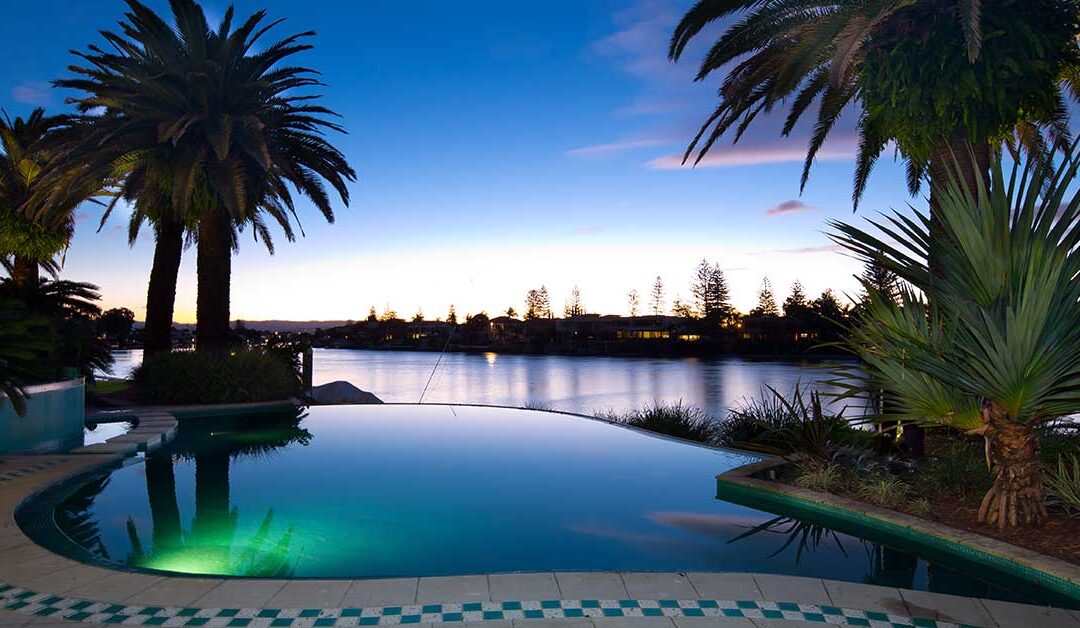
The Latest Trends In Swimming Pool Design
Discover why smaller plunge pools are becoming Australia’s preferred choice in 2024. Learn about costs, trends, and smart features.
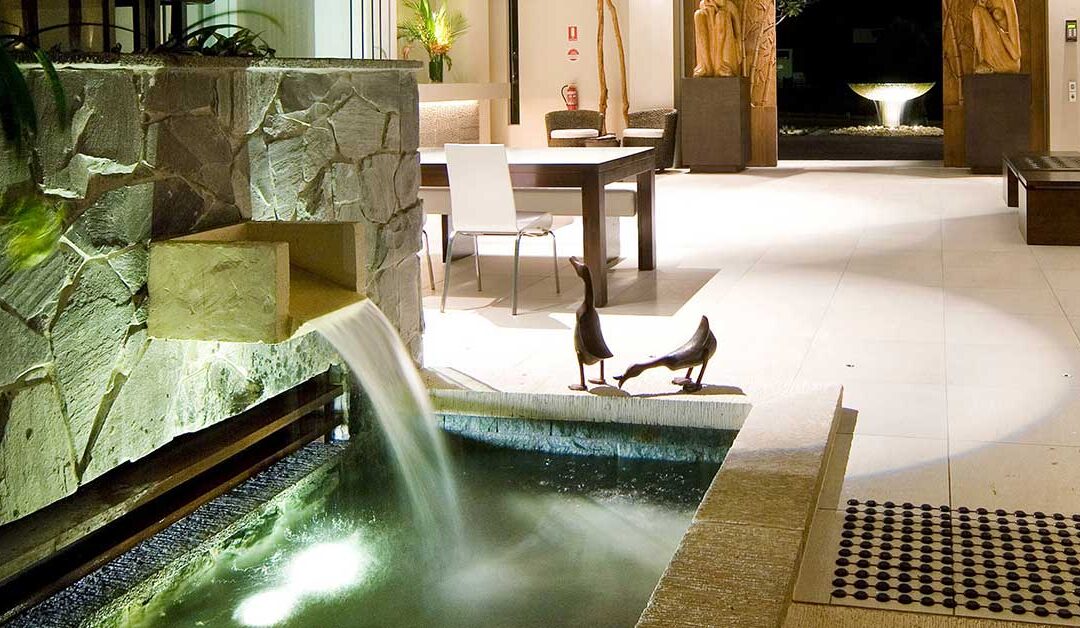
Key Architectural Principles of water feature design
Master the art of water feature design and transform your living spaces with expert guidance on placement, scale, and sustainability, whether you’re dreaming of a sleek indoor fountain or a tranquil garden waterfall.

